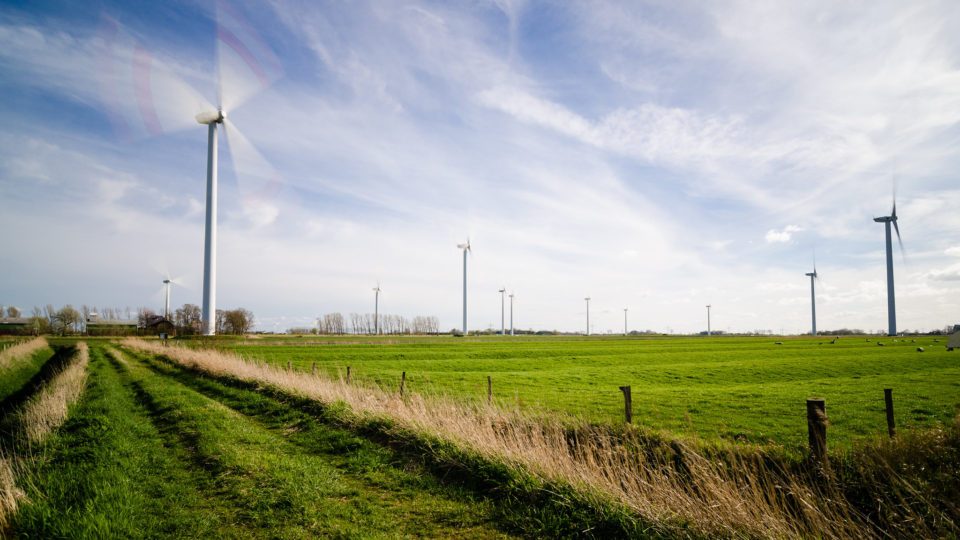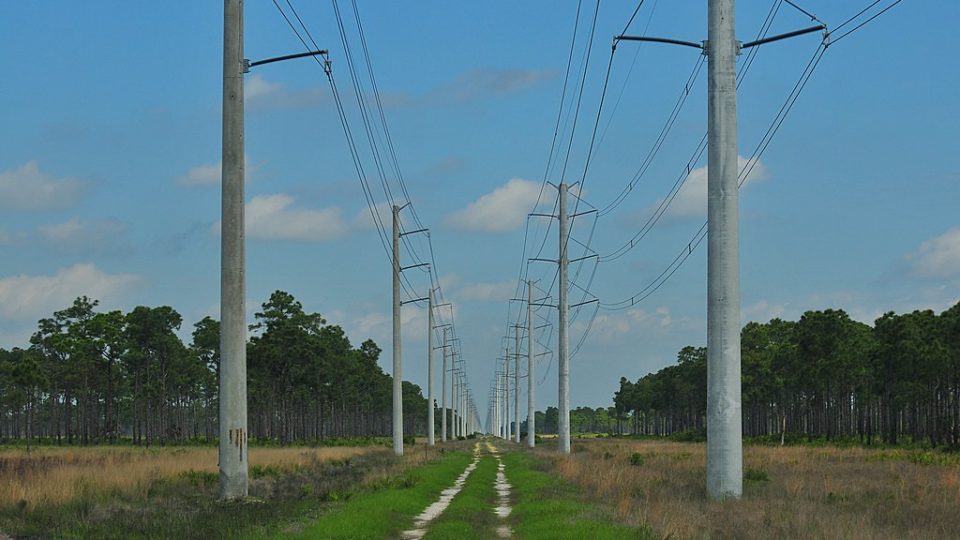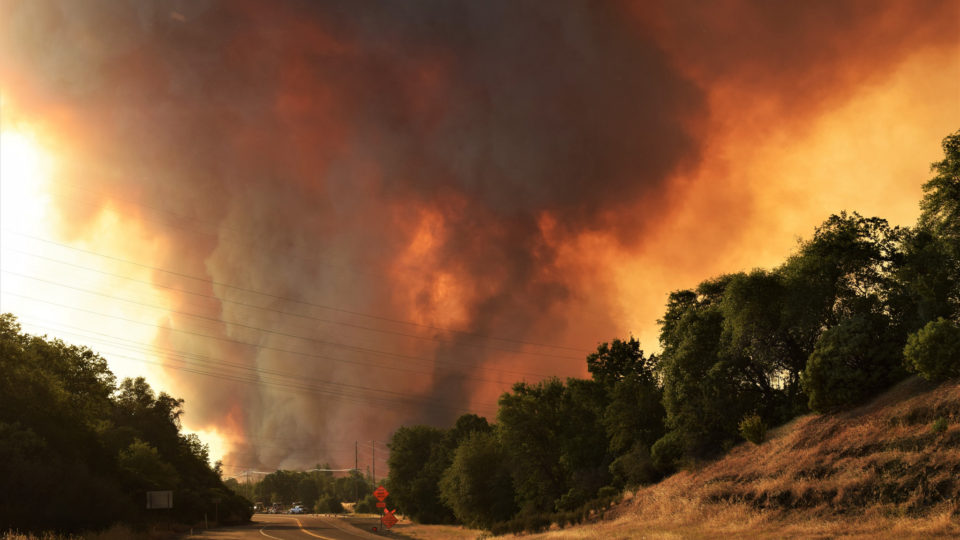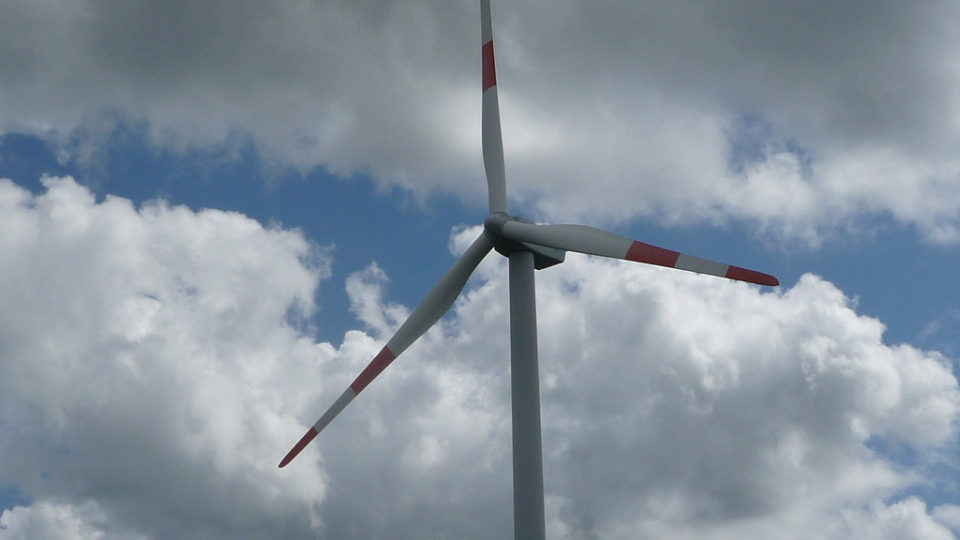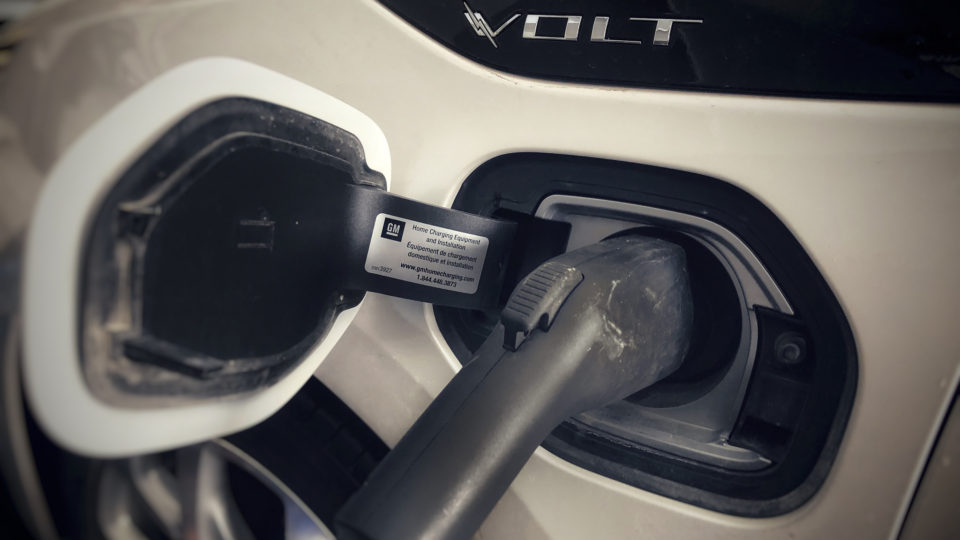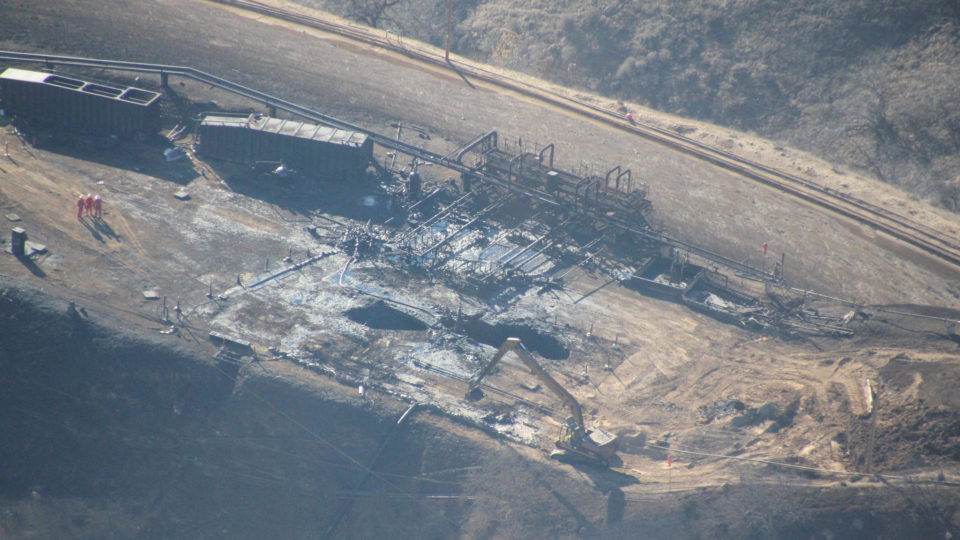Back in 2016, a company called Nopalimex, located in Micoacan, central Mexico, built the world’s first cactus-powered energy plant. The facility utilizes a biodigester to make biogas from nopal, also known as prickly pear cactus. The nopal plant has been called the ‘Green Gold of Mexico’ and is a staple in Mexican diets, medicine and cosmetics.
Nopalimex is now using the cactus to make biofuel for vehicles.
The fruit of the cactus is pureed, mixed with manure, and then left to decompose, producing methane. The methane produced – about eight tons a day – fuels the biodigester which powers the company’s corn chip and cactus chip production and is being tested in a fleet of government vehicles.
The biogas will cost just 65 cents per liter, which is about a third cheaper than the cost of regular gasoline. Using prickly pear as a feedstock for biofuel is attractive because it can be grown in places where traditional energy crops cannot. One can imagine vast fields of cacti in remote, arid areas of the country where normal crops cannot grow. It would not suck up the resources or space needed to feed people, which is an ongoing criticism of current bioenergy crops.
As long as the nopals are regularly replanted, the process is almost entirely sustainable, producing only water and nopal waste, which can be used to fertilize other crops.
Finding sustainable ways to produce fuel while doing minimal damage to the environment is an important challenge for countries around the world. In Mexico, harnessing the power of the prickly pear cactus is a unique and clever solution.
**********
Web Links
Mexico’s ‘green gold’: The company powering cars with cactus juice
Photo, posted July 8, 2006, courtesy of Christian Frausto Bernal via Flickr.
Earth Wise is a production of WAMC Northeast Public Radio.

